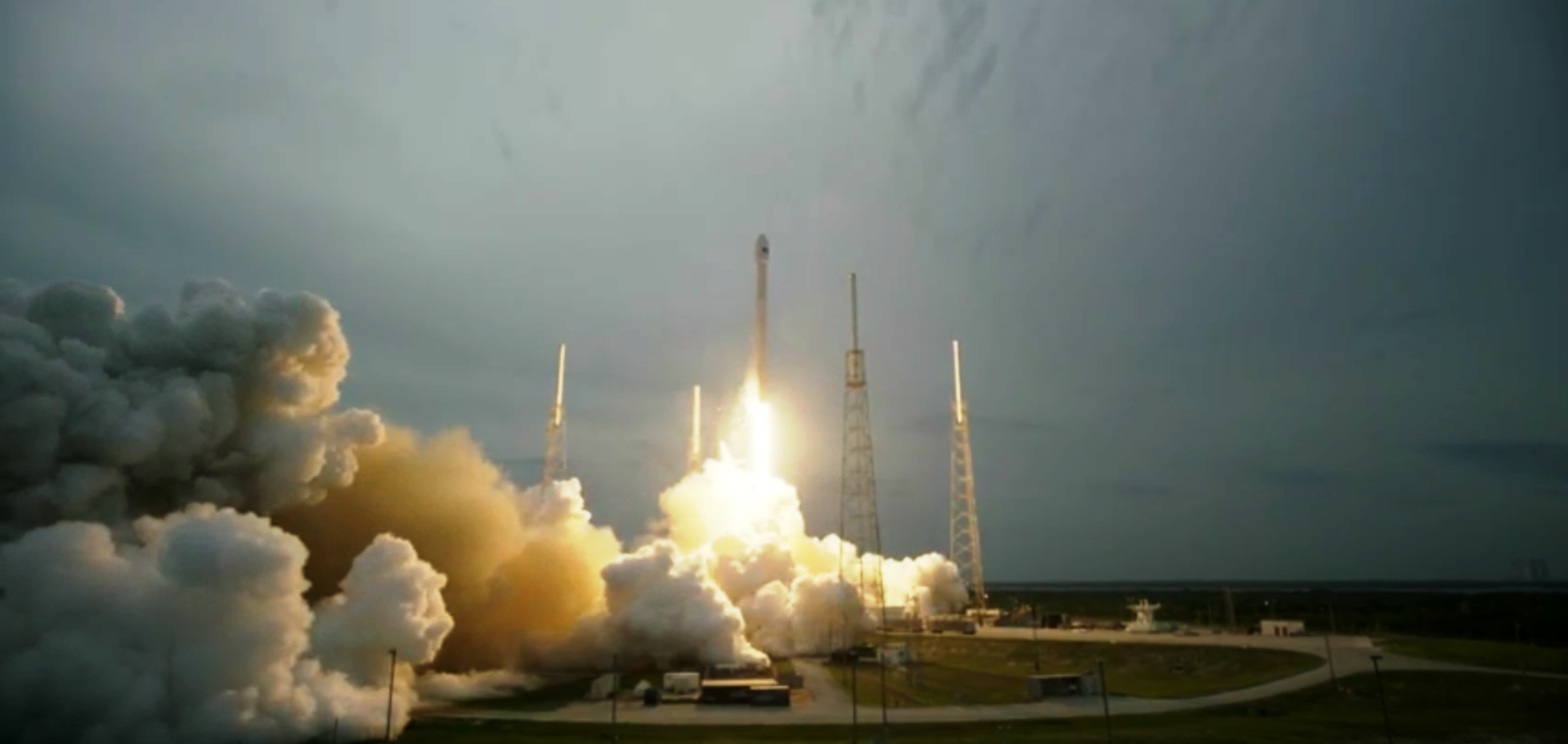We’ve been following SpaceX fairly closely over the past few months and we just brought you the details of their April 14th launch: here. This was the most recent launch where they attempted to retrieve the rocket’s first stage by having it land on a floating platform. On Monday April 27th, at 7:03 P.M. ET SpaceX completed another historic launch where they launched the country Turkmenistan’s first ever commercial satellite.
This most recent launch had no attempt to retrieve the rocket’s first stage, but it is still definitely worthy of note. This launch will test the rocket almost to its maximum capacity as it takes SpaceX’s Falcon 9 rocket much higher above the Earth’s surface. This is Turkmenistan’s first communications satellite to date. The purpose of the satellite is to improve television and radio broadcasts across the country. This satellite is built to last a minimum of 15 years.
More new news is that SpaceX is using a different kind of Falcon 9 rocket than we’ve seen before. They are using a different type Falcon 9 rocket in order to transport the 9,900 lb satellite and put it into orbit. How is it different? Well, this rocket doesn’t have landing legs like other Falcon 9s that are designed for (ideally) landing and reusing. Removing the landing legs from the equation makes the rocket about 4,600 lbs lighter. This translates to the rocket having the ability to carry its goods even farther into space. This is especially important because the commercial satellite it’s transporting circle Earth at a much higher orbit (higher by 10 times than the International Space Station). They also have to exhaust all of its fuel in order to reach the distance that they need to get to. That leaves no remaining fuel for trying to reuse and land the rocket. The rocket carrying the satellite has to get to 22,000 miles above the Earth’s surface.
SpaceX is making some very big moves in space technology and space travel. I’m interested to see any upcoming projects they have and how they can adapt their current rocket plans and designs to fit those needs as well.
Anyone else following along? If so, their next rocket landing attempt is currently scheduled for June 19th… stay tuned!
Questions or thoughts? Comment below!





